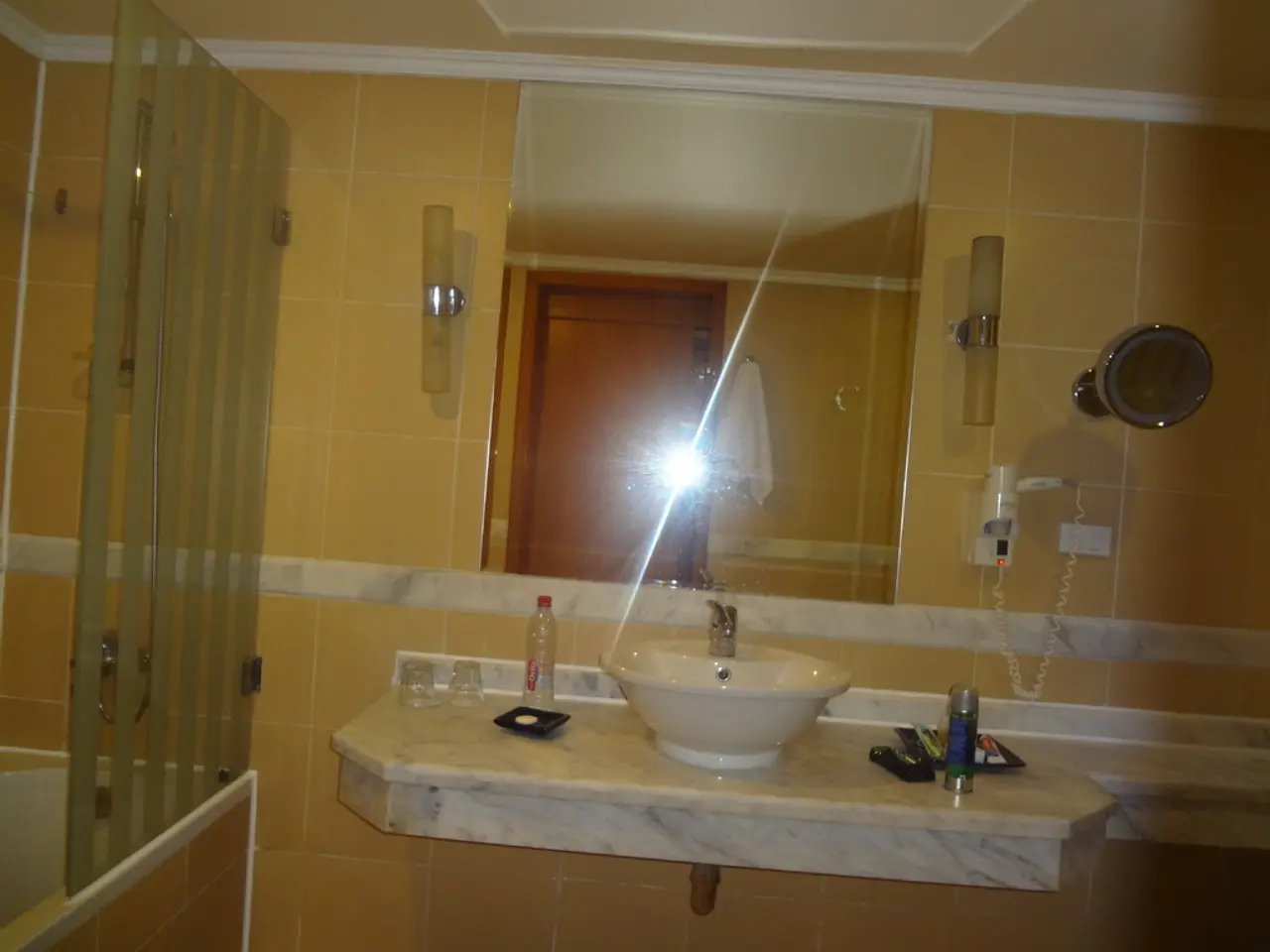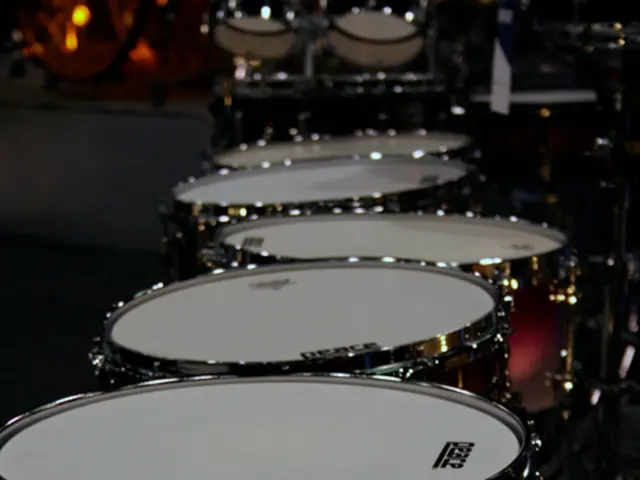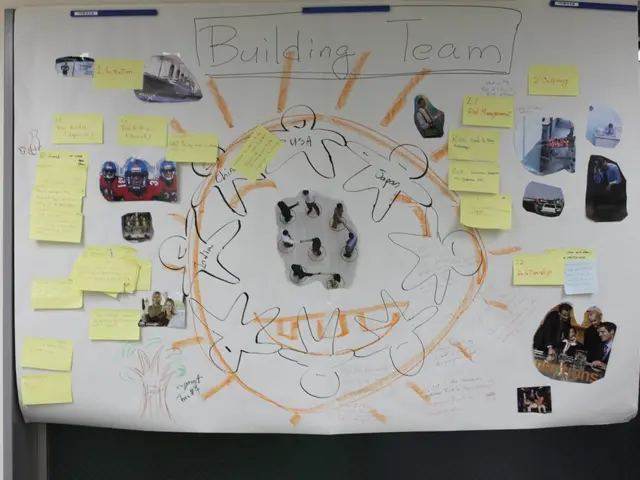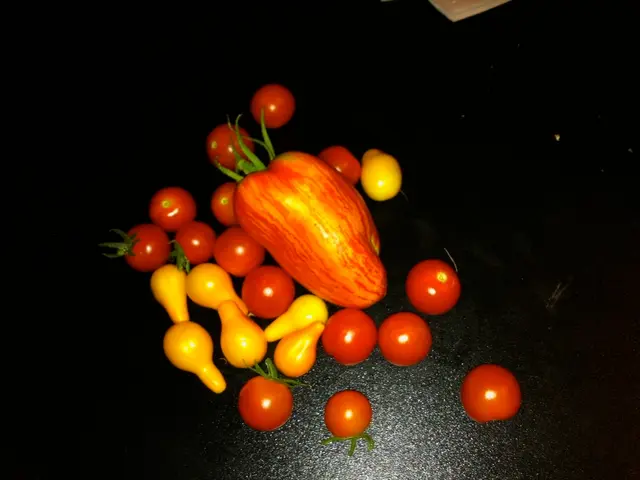Procedural Guide for Processing Urine Samples from Cats Using Commonhouse Cat Urine Collection Set
The process of collecting a clean-catch midstream urine (CCMS) specimen is crucial for minimizing contamination and improving the accuracy of diagnostic testing, particularly for urinary tract infections. Here's a comprehensive guide on the recommended steps and best practices for CCMS collection.
## Steps for Clean-Catch Midstream Urine Collection
1. **Preparation and Supplies** - Educate the patient about the procedure. - Gather necessary supplies such as a sterile urine collection container, cleansing wipes (non-antiseptic or antiseptic, depending on local protocol), and instructions for the patient.
2. **Genital Area Cleaning** - Instruct the patient (or parent/guardian for children) to clean the genital area with an appropriate wipe before collection to reduce contamination. - For females: Wipe from front to back. - For males: Clean the tip of the penis.
3. **Urine Collection** - Begin passing urine into the toilet or urinal, then collect the midstream portion into a sterile container. - Immediately cap the container after sufficient urine is collected.
4. **Labeling and Transport** - Label the specimen container with patient information. - Transport the specimen promptly to the laboratory for processing.
## Best Practices
- **Timing**: Collect urine at any time, but ideally before starting antibiotics, especially if infection is suspected. - **Volume**: Collect 20–40 mL for adults; for pediatric patients, collect as much as the child is able to provide. - **Cleanliness**: Strict adherence to genital cleaning before collection is crucial to reduce contamination rates. - **Handling**: Do not touch the inside of the container or cap. - **Documentation**: Clearly note any recent catheterization or antibiotic usage on the requisition form.
## Special Considerations
- **Children**: For pre-toilet-trained children, clean-catch collection may require stimulation techniques or assistance from a caregiver. - **Contamination Prevention**: Non-invasive collection methods, like clean-catch, are preferred for their convenience but can still have higher contamination rates if not performed properly.
By following these steps and best practices, you can help ensure reliable urine specimen collection for accurate laboratory analysis.
Proper collection of a clean-catch midstream urine (CCMS) specimen is crucial in the diagnosis of chronic-kidney-disease, urinary tract infections, and other medical-conditions. In line with this, here are recommended steps for CCMS collection: prepare supplies, clean the genital area, collect midstream urine, label and transport the specimen promptly. Best practices include collecting the urine before starting antibiotics, ensuring a sufficient volume, adhering to genital cleaning before collection, not touching the container or cap, and documenting any recent catheterization or antibiotic usage. Keep in mind that children may require assistance, and non-invasive methods can still have higher contamination rates if not performed correctly. Adhering to these guidelines can assist in improving the accuracy of diagnosis in health-and-wellness, leading to better fitness-and-exercise and nutrition outcomes.







